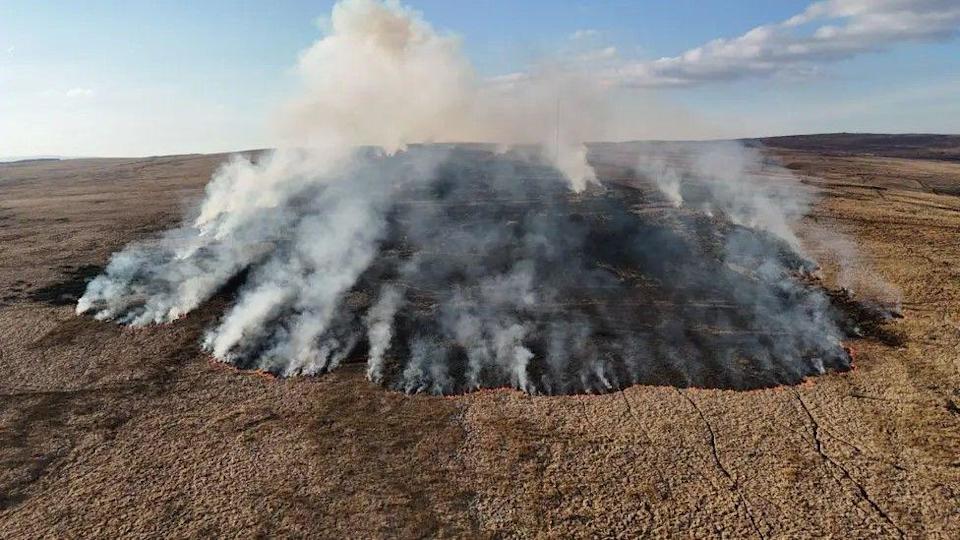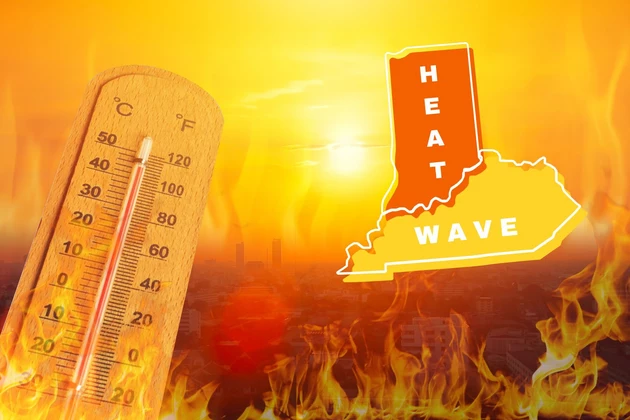UK Wildfires: Rare Wildlife Torched, Pushed To Extinction

Table of Contents
The Devastating Impact of Wildfires on UK Habitats
Wildfires in the UK are leaving an indelible mark on the nation's precious ecosystems. The intense heat destroys habitats, leaving behind a scorched wasteland where once thrived a rich tapestry of life.
Loss of Biodiversity Hotspots
Many UK habitats are particularly vulnerable to the destructive power of wildfires. Peat bogs, for instance, are rich in biodiversity, but their unique flora and fauna are exceptionally susceptible to fire. These bogs, often home to rare plants like sundews and bog cotton, and animals like the endangered large heath butterfly, are easily destroyed, taking decades to recover, if ever. Similarly, heathlands, with their characteristic low-lying shrubs and specialized insects, and ancient woodlands, with their complex understory and diverse birdlife, are extremely vulnerable.
- Endangered Species Affected:
- Large heath butterfly ( Coenonympha tullia)
- Nightjar (Caprimulgus europaeus)
- Sand lizard (Lacerta agilis)
- Various species of ground-nesting birds
- Destruction of Habitat: Wildfires destroy vital habitat structures, eliminating essential food sources, shelter, and breeding grounds. The intense heat alters soil composition, making regeneration difficult.
The Ripple Effect on the Ecosystem
The impact of UK wildfires extends far beyond the immediate loss of life and habitat. The destruction of one species can have cascading effects throughout the entire ecosystem. The loss of pollinators, for example, can lead to reduced plant reproduction, impacting other species that rely on those plants for food.
- Knock-on Effects: The loss of prey animals can decimate predator populations, creating further imbalances.
- Ecosystem Instability: The interconnectedness of species means that the loss of even one key element can destabilize the entire food web, potentially leading to further biodiversity loss.
Contributing Factors to the Increase in UK Wildfires
The escalating frequency and intensity of UK wildfires are driven by a complex interplay of factors, primarily linked to climate change and human negligence.
Climate Change and Increased Temperatures
Climate change is arguably the most significant contributing factor. Rising global temperatures are leading to hotter, drier summers in the UK, creating ideal conditions for wildfires to ignite and spread rapidly.
- Rising Temperatures and Decreasing Rainfall: Data shows a clear upward trend in average summer temperatures and a corresponding decrease in rainfall across much of the UK.
- Increased Fire Risk: These drier conditions transform previously damp landscapes into tinderboxes, easily ignited by even a small spark.
Human Activities and Negligence
Human actions play a significant role in the ignition of many UK wildfires. Discarded cigarettes, uncontrolled barbeques, and deliberate acts of arson are all major contributors.
- Causes of UK Wildfires: Statistics show a significant proportion of wildfires are attributed to human negligence and deliberate ignition.
- Public Awareness and Responsible Land Management: Increased public awareness campaigns, promoting responsible behaviour in the outdoors, and improved land management practices are crucial for mitigating this risk.
Conservation Efforts and Mitigation Strategies
Protecting UK wildlife from the devastating effects of wildfires requires a multifaceted approach encompassing both immediate conservation actions and long-term preventative measures.
Protecting Endangered Species
Conservation organizations are working tirelessly to protect affected wildlife through a range of strategies.
- Conservation Projects: These include habitat restoration projects, aimed at recovering damaged areas, and captive breeding programs for particularly vulnerable species.
- Challenges: The increasing frequency of wildfires presents significant challenges to these efforts, requiring adaptive management strategies.
Preventing Future Wildfires
Preventing future UK wildfires demands a proactive approach involving various stakeholders.
- Wildfire Prevention Techniques: This includes implementing controlled burns to reduce fuel loads, creating firebreaks to contain the spread of fires, and improving forest management practices.
- Increased Funding: Greater investment in wildfire prevention and response capabilities is crucial for safeguarding UK biodiversity.
Conclusion
The escalating number of UK wildfires presents a grave threat to the nation's unique and valuable wildlife. The loss of habitats and the knock-on effects on the ecosystem are devastating, pushing numerous species towards extinction. Addressing this crisis requires a concerted effort, combining immediate conservation measures with long-term strategies for wildfire prevention. We must act now to prevent further loss of irreplaceable wildlife. Learn more about UK wildfires and how you can help protect endangered species by supporting conservation organizations and advocating for stricter regulations on wildfire prevention and responsible land management. Let's work together towards tackling UK wildfires and securing a future where our precious biodiversity thrives.

Featured Posts
-
 Commodity Trading Streamlining Credit Processes For Core Customers
May 13, 2025
Commodity Trading Streamlining Credit Processes For Core Customers
May 13, 2025 -
 Post Quantum Cryptography Billion Dollar Market By 2030
May 13, 2025
Post Quantum Cryptography Billion Dollar Market By 2030
May 13, 2025 -
 Record High Temperatures La And Orange Counties Face Extreme Heat
May 13, 2025
Record High Temperatures La And Orange Counties Face Extreme Heat
May 13, 2025 -
 Miami Open 2024 Sabalenka Triumphs Over Pegula
May 13, 2025
Miami Open 2024 Sabalenka Triumphs Over Pegula
May 13, 2025 -
 Exploring Dan Browns The Da Vinci Code Symbols History And Controversy
May 13, 2025
Exploring Dan Browns The Da Vinci Code Symbols History And Controversy
May 13, 2025
